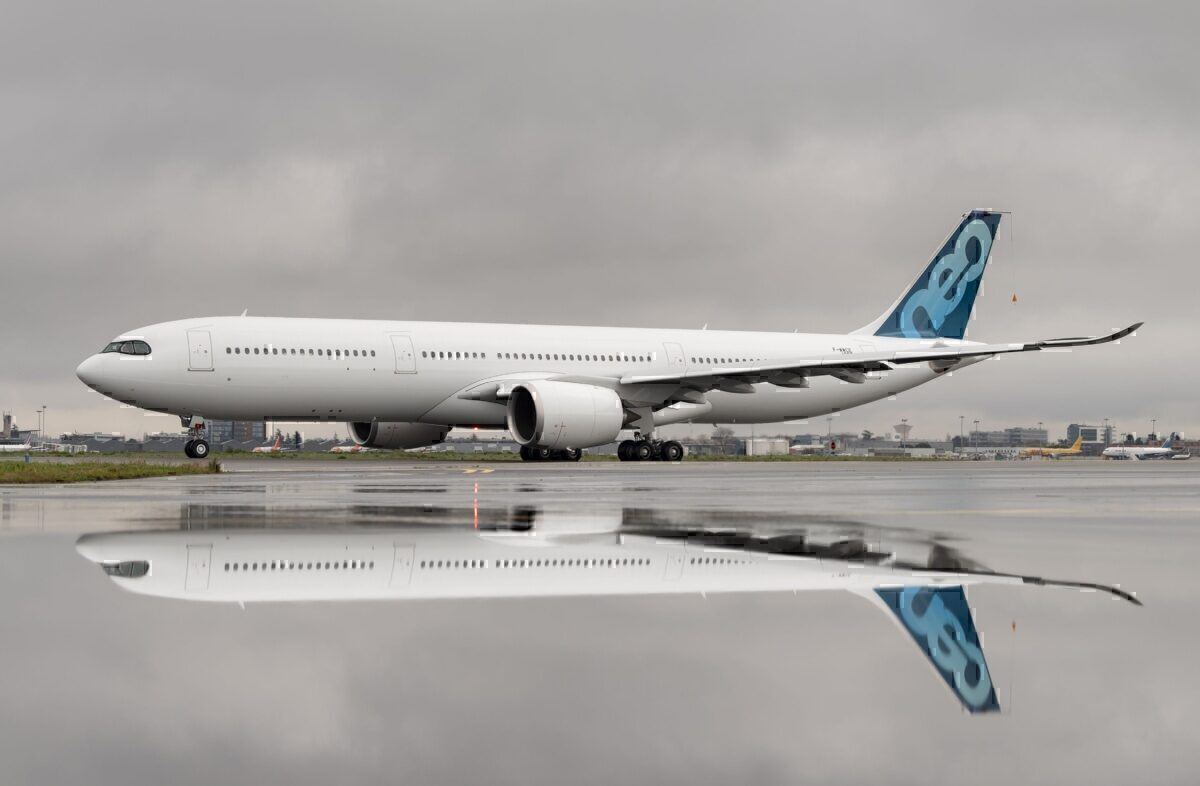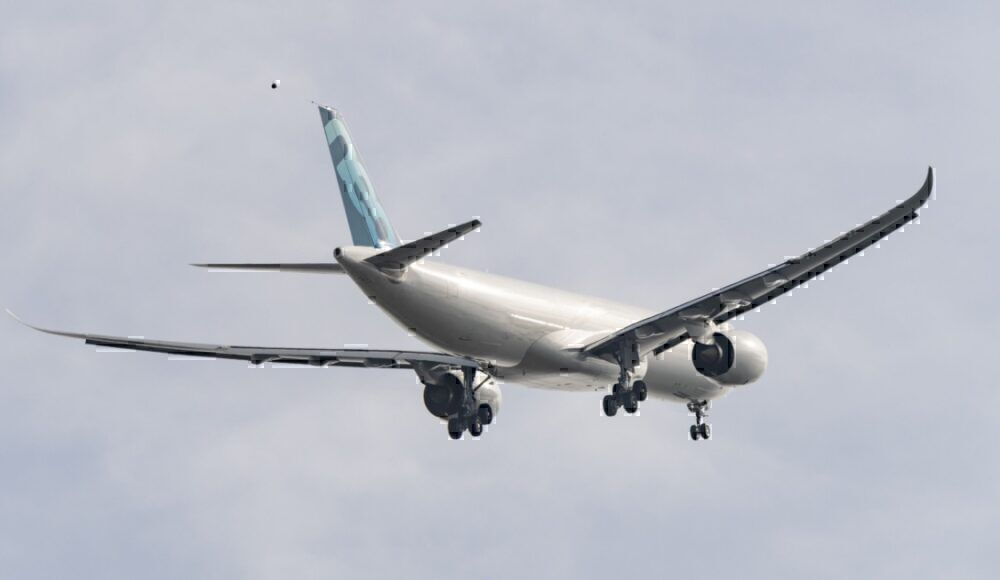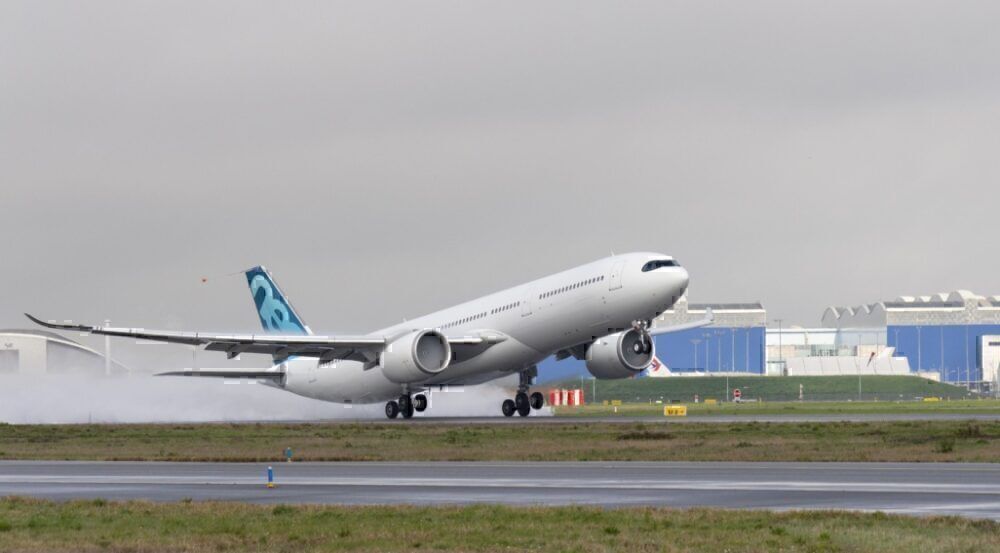The European Union Aviation Safety Agency (EASA) is increasing the maximum allowable takeoff weight of the A330-900 from 242 tonnes to 251 tonnes. It might seem like a small thing, just nine tonnes, but the upgrade improves the range and economics of the aircraft. Operators can now squeeze an extra 650 nautical mile range from the plane, or they can add another six tonnes of payload.
In a statement seen by Simple Flying, Airbus said the increase was a response to market needs. It says operators will be able to use the aircraft on longer routes and drive down operating costs.
"With the new 251-tonne weight variant, the A330neo is more flexible than ever to meet their current and future requirements," said A330 Chief Engineer, François Kubica.
Stay informed: Sign up for our daily aviation news digest.
Airbus also says the maximum allowable takeoff weight increase broadens the appeal of its A330neo planes. Across the A330 family, the maximum takeoff weight now ranges from 200 to 251 tonnes.
Airbus makes changes to the A330-900 to get the EASA tick of approval
EASA came to the party after Airbus made weight-neutral structural reinforcements and landing gear adaptations to the A330-900. Airbus also notes they've made modifications to the nose and main landing gear of the A330-900. This will extend the time-before-overhaul, prolonging the previous 10-year interval to a new 12-year timeframe, and resulting in significant maintenance savings.
The first airline to operate the enhanced A330-900 will be France's Corsair. To date, Airbus has delivered around 50 of the planes to customers around the world. Over 300 A330-900s remain on order. With a range of 13,334 kilometers, Airbus says its largest aircraft in the A330 family is perfect for long-haul intercontinental flying. They say the increased range and payload makes the plane even more attractive to existing and potential long-haul operators.
"With this new A330-900 offering, operators will have the necessary range and capacity to capitalize on longer routes while rationalizing their fleets," says Airbus.
"The new MTOW option makes the A330-900 the perfect fit for longer trans-Pacific or Asia-Europe routes."
Airbus says new A330-900s will be more cost-effective to operate
In addition, Airbus says new engine and wing technologies will drive a step-change in the performance and economics of the A330-900. They claim the newest generation A330-900 will have a 25% lower fuel burn and CO2 emissions compared to the previous generation aircraft.
Corsair already operates a small fleet of A330 aircraft. The airline primarily flies to long-haul destinations, including Canada, Cuba, Reunion, and Mauritius. All Corsair's destinations sit comfortably within the A330-900's range. But the A330-900 promises a lower seat-mile cost than older aircraft and a more comfortable ride for passengers.
Depending on the configuration, the A330-900 can seat anywhere between 260 passengers in a premium seat heavy plane to 440 passengers in a high-density configuration. Leisure travel orientated Corsair leans towards the higher end of passenger loads across its aircraft. But Airbus says the plane's spacious cabin design will still make for a comfortable ride.
Meanwhile, Airbus is also working on getting the A330-800 certified for a maximum takeoff weight of 251 tonnes. Airbus plans to achieve this in 2021. The aircraft manufacturer says when that happens, the A330-800 will set a new benchmark for range and payload efficiencies.



